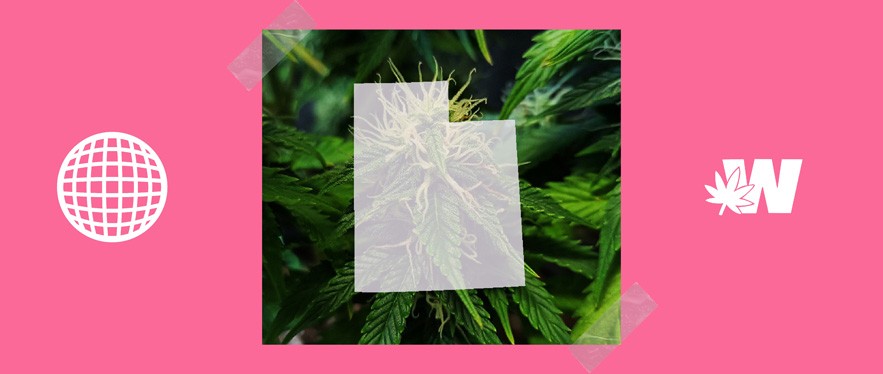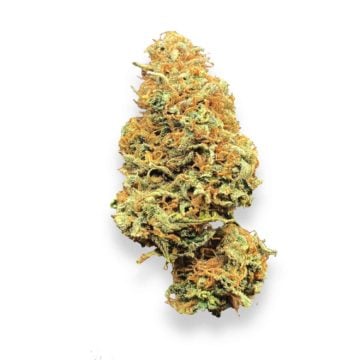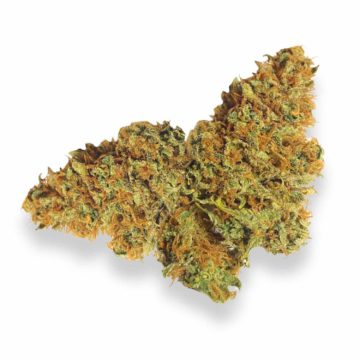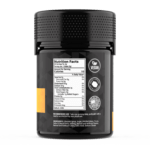
Is Medical-Only Weed Legal in Utah
In this comprehensive guide, we will delve into the intricate legal landscape surrounding medical-only weed in Utah. By exploring the program’s inception, patient eligibility criteria, application procedures, permissible forms of medical marijuana, licensed dispensaries, legal protections, and future prospects, you will gain a deep understanding of Utah’s medical marijuana framework.
This post is intended as information and for general knowledge only. It is not a substitute for medical advice, diagnosis, or treatment. It is recommended that you talk to a healthcare professional about this before introducing cannabinoids into your daily routine (especially if you have been diagnosed with any medical conditions or are under any medication). It is not recommended to drive or operate any machinery when using cannabis- or hemp-derived products. Use responsibly!
Overview of Utah’s Medical Marijuana Program
Utah’s journey towards medical marijuana legalization has been marked by significant legislative milestones. The establishment of the Utah Medical Cannabis Act marked a turning point, allowing for the controlled use of medical cannabis to alleviate various medical conditions. However, it’s crucial to differentiate between medical and recreational marijuana legality, as recreational use remains illegal under Utah law.
Qualifying Conditions for Medical Marijuana Use
The Utah Department of Health oversees the list of approved medical conditions that qualify for medical marijuana treatment. This list encompasses a broad spectrum of ailments, including chronic pain, epilepsy, multiple sclerosis, and more. The criteria for these qualifying conditions are not static; they evolve based on ongoing medical research and patient needs. While there are no age restrictions for medical marijuana patients, individuals must be Utah residents to be eligible for the program.
Application Process for Patients
Becoming a registered medical marijuana patient involves several steps. First, patients must gather the necessary medical records and recommendations from qualified medical providers. These documents form the basis of the application, which is submitted through an online portal. The Utah Department of Health meticulously reviews each application to ensure compliance with the state’s medical marijuana regulations. Downloadable forms and detailed instructions assist applicants throughout the process.
Approved Forms of Medical Marijuana

Utah’s medical marijuana program offers a variety of legal forms for patients to choose from. These include oils, tinctures, capsules, and topicals, catering to diverse patient preferences and medical needs. Notably, regulations restrict smoking and vaping of medical marijuana, prioritizing safer consumption methods. The state imposes dosage and potency limits to safeguard patient health and well-being.
Licensed Dispensaries and Providers
Licensed dispensaries are central to Utah’s medical marijuana program. These establishments play a pivotal role in the distribution of medical cannabis products to registered patients. Patients can locate approved healthcare providers who are authorized to recommend medical marijuana, ensuring they receive professional guidance tailored to their medical conditions. Dispensaries are strategically distributed across the state to enhance patient accessibility.
Legal Protections and Limitations
Registered medical marijuana patients in Utah benefit from legal protections against arrest or prosecution for possession and use of medical cannabis products. However, it’s important to note that these protections apply only to individuals who possess a valid medical cannabis card and adhere to the state’s regulations. While medical marijuana use is recognized for various medical conditions, recreational cannabis possession and use remain illegal.
Challenges and Future Outlook
Despite the strides made in establishing Utah’s medical marijuana program, challenges persist. Issues such as patient accessibility, supply-demand imbalances, and public perception have generated controversies. As the program matures, legislators are considering potential amendments to address these concerns. The future outlook for Utah’s medical marijuana landscape is shaped by ongoing legislative discussions, advancements in medical research, and shifting societal attitudes.
Conclusion
Utah’s medical-only weed program underscores the state’s dedication to offering alternative treatment avenues for patients facing various medical conditions. Understanding the nuances of qualifying conditions, application procedures, approved consumption methods, legal protections, and potential future changes empowers patients to make informed decisions while staying compliant with state regulations. As the medical marijuana landscape continues to evolve, staying well-informed will remain paramount for patients and stakeholders alike.















